In the vast landscape of wines, few evoke the romantic allure and delicate charm quite like Rosé. Originating from a rich history that spans continents and cultures, Rosé has evolved into a beloved staple of wine enthusiasts worldwide. Let’s embark on a journey to uncover the secrets behind this captivating pink elixir, from its humble beginnings to its sophisticated production processes, and ultimately, its perfect culinary companions.

Origins of Rose Wine
Rose wine traces its roots back to ancient wine-making traditions, with evidence of its production dating as far back as 600 BC in the Mediterranean region. Historically, Rosé was crafted as a byproduct of red wine production, where grape skins remained in contact with the juice for a shorter period, resulting in its signature pale pink hue. Over time, winemakers refined their techniques, leading to the international production of Rosé wines with varying shades and flavours.
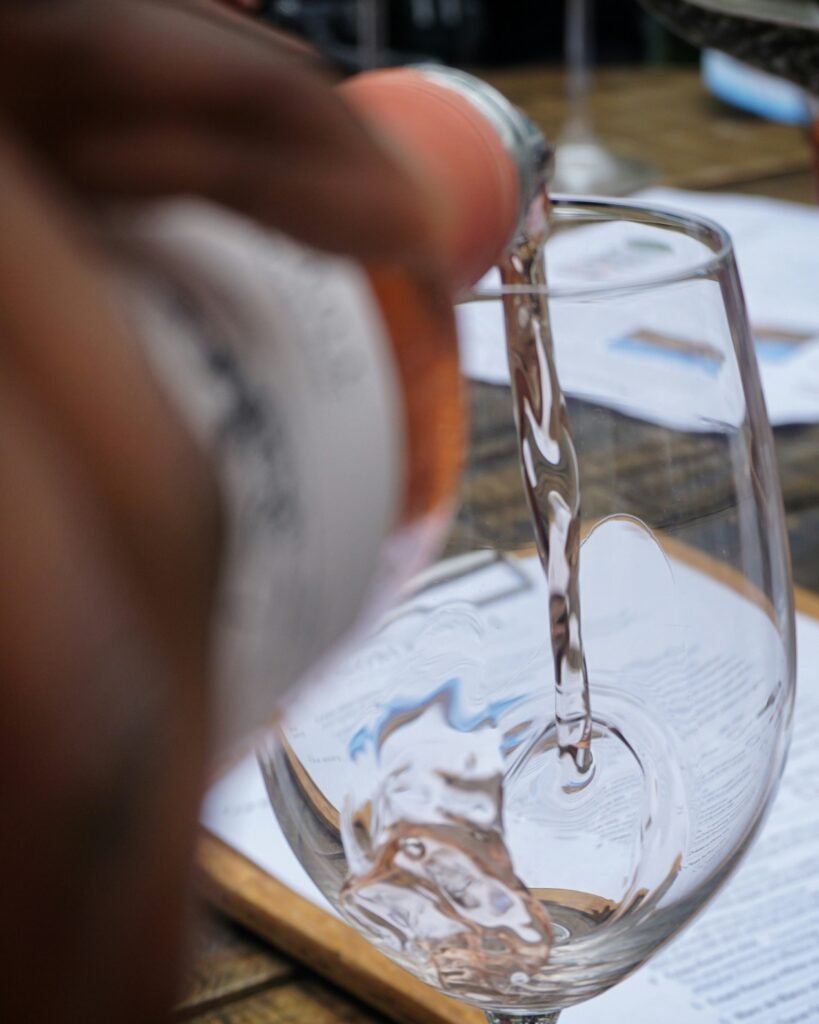
Production Process
The production of Rosé wine involves a delicate balance of grape selection, maceration time, and fermentation methods. Typically, Rosé is crafted from red grape varietals, such as Grenache, Syrah, Mourvedre, and Pinot Noir, although some regions produce Rosé from specific white grape varieties like Chardonnay and Pinot Grigio. After harvest, the grapes are gently crushed, and the juice is allowed brief contact with the skins, imparting the desired colour and flavour profile. The duration of maceration varies depending on the desired style of Rosé, with some winemakers opting for just a few hours to achieve a light, crisp wine, while others extend maceration for several days for a more intense, fruit-forward expression.
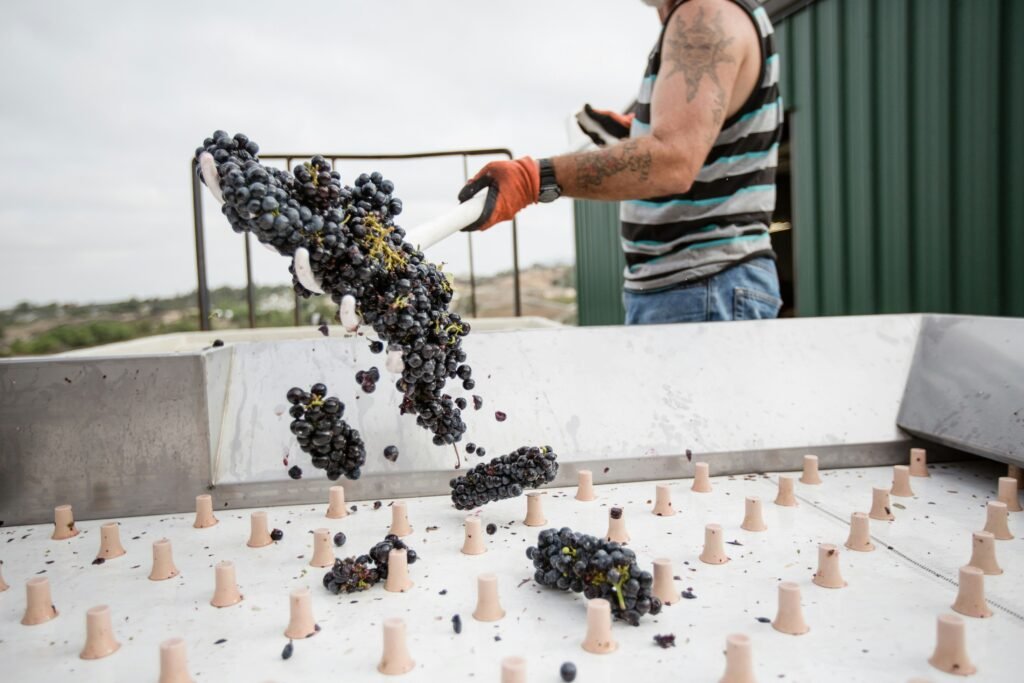
Following maceration, the juice is pressed off the skins and undergoes fermentation, either in stainless steel tanks or oak barrels, to preserve its fresh fruit characteristics. The resulting wine is then aged, blended, and bottled, ready to delight palates around the world.
Grape Varieties Used
Rosé wine showcases a diverse array of grape varieties, each contributing unique flavours and aromas to the final blend. Some of the most popular grape varietals used in Rosé productions include:
- Grenache: Known for its vibrant red fruit flavours and refreshing acidity, Grenace is a cornerstone of many Rosé wines, particularly those from Provence and Rhone Valley.
- Syrah: Syrah brings a bold, spicy character to Rosé, with notes of black pepper, cherry, and violet adding complexity to the wine’s profile.
- Mourvedre: Often used in blends, Mourvedre lends Rosé wines a rich, savoury quality, with hints of earthiness and dried herbs enhancing its depth.
- Pinot Noir: Pinot Noir Rosé is prized for its elegant, nuanced aromatics, ranging from delicate strawberry and raspberry to floral notes of rose petal and violet.
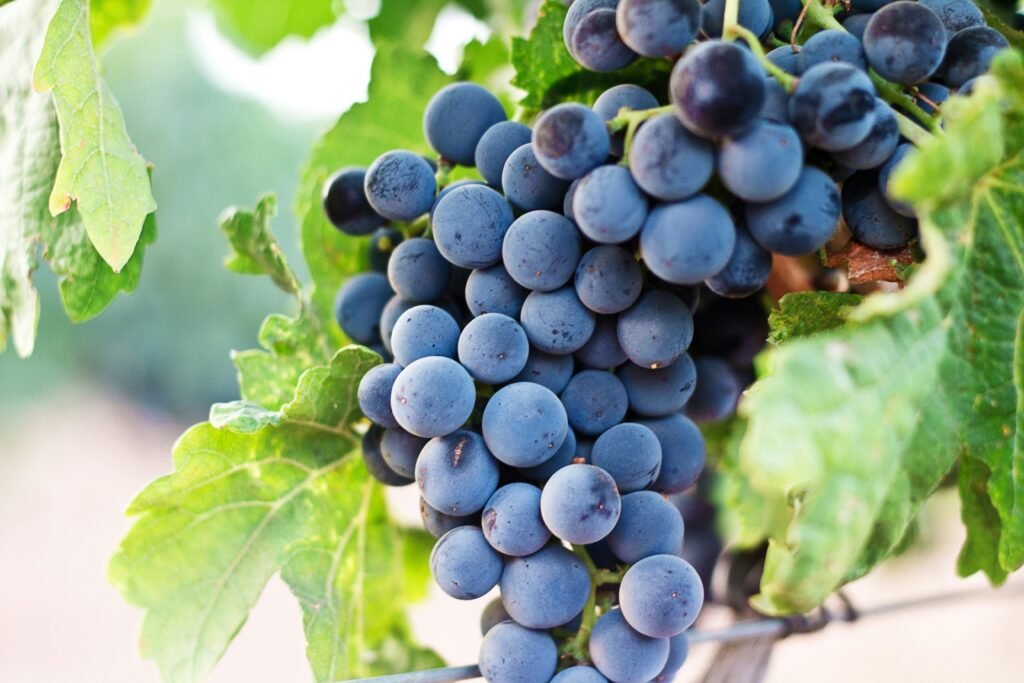
Food Pairings
Pairing Rosé wine with food is a delightful exploration of flavours, with its versatility complementing a wide range of dishes. The key to successful pairings lies in understanding the wine’s grape varieties and flavour profile:
- Grenache-based Rosé: With its crisp acidity and bright fruitiness, Grenache Rosé pairs beautifully with light salads, seafood dishes, and fresh Mediterranean fare. Try it with grilled shrimps skewers, Greek salad, or bruschetta topped with ripe tomatoes and basil.
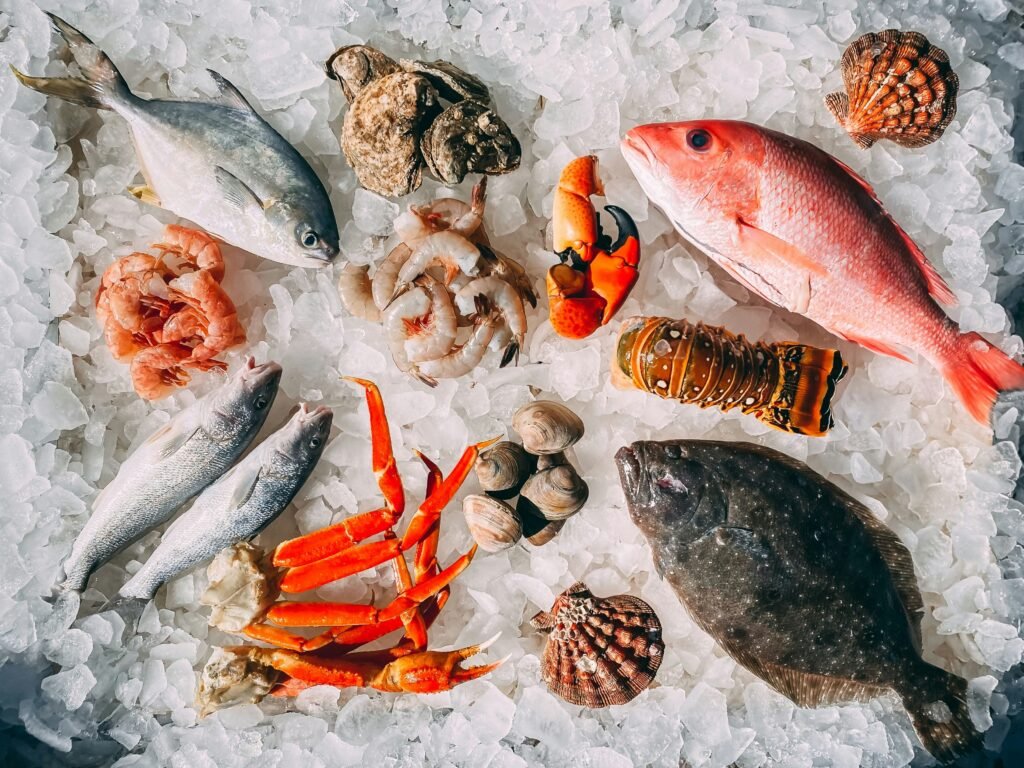
- Syrah-based Rosé: Syrah Rosé’s bold flavours and spicy undertones make it a perfect match for heartier dishes like barbecue ribs, spicy Thai curry, or grilled lamb chops. Its robust character also complements charcuterie boards, featuring cured meats and tangy cheeses.

- Mourvedre-based Rosé: Rich and savoury, Mourvedre Rosé shines alongside rustic French cuisine, such as ratatouille, coq au vin, or beef bourginon. Its earthy notes and medium body make it excellent partner for roasted vegetables, grilled sausages, and hearty stews.

- Pinot Noir-based Rosé: Delicate and aromatic, Pinot Noir Rosé is a versatile companion to a variety of dishes, from delicate seafood pasta to grilled chicken salads and vegetarian quiches. Its light, fruity profile also pairs beautifully with fresh fruit desserts, such as strawberry shortcake or peach cobbler.
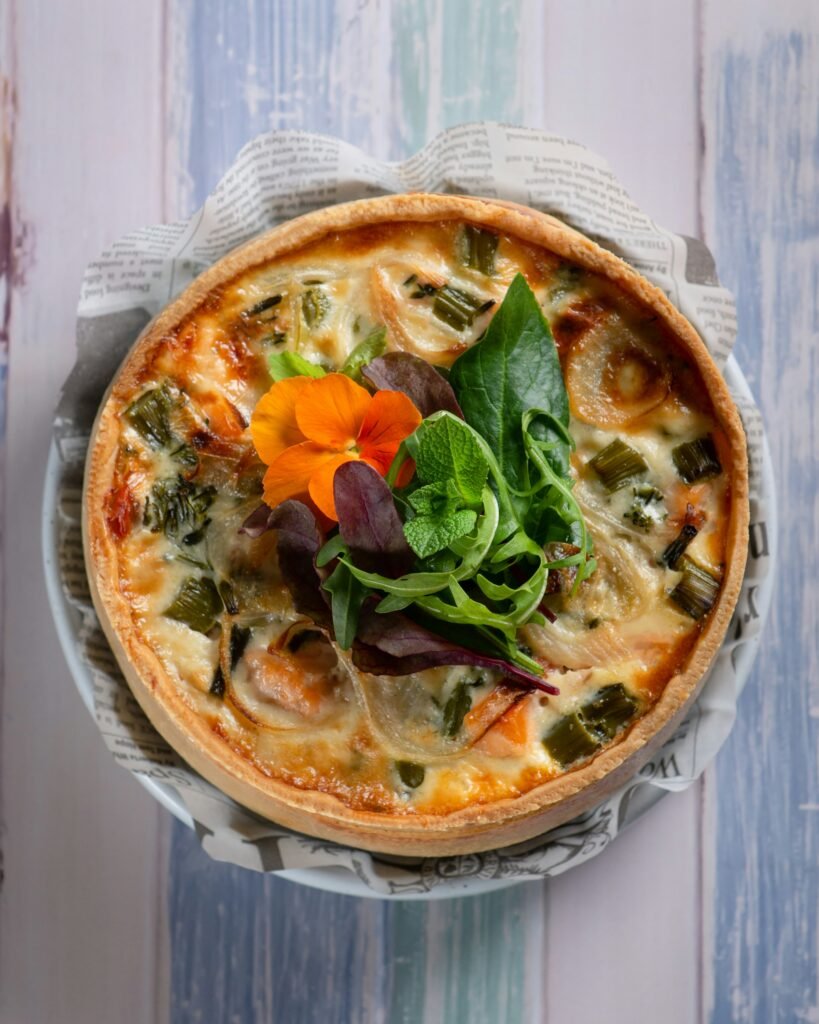
Rosé wine captivates the senses with its delicate pink hue, diverse flavour palette, and enchanting versatility. Whether enjoyed on a sunny afternoon picnic or as the centrepiece of an elegant dinner soiree, Rosé continues to enchant wine lovers with its timeless appeal. Cheers to the beauty and elegance of Rosé wine, a true celebration of life’s simple pleasures.
